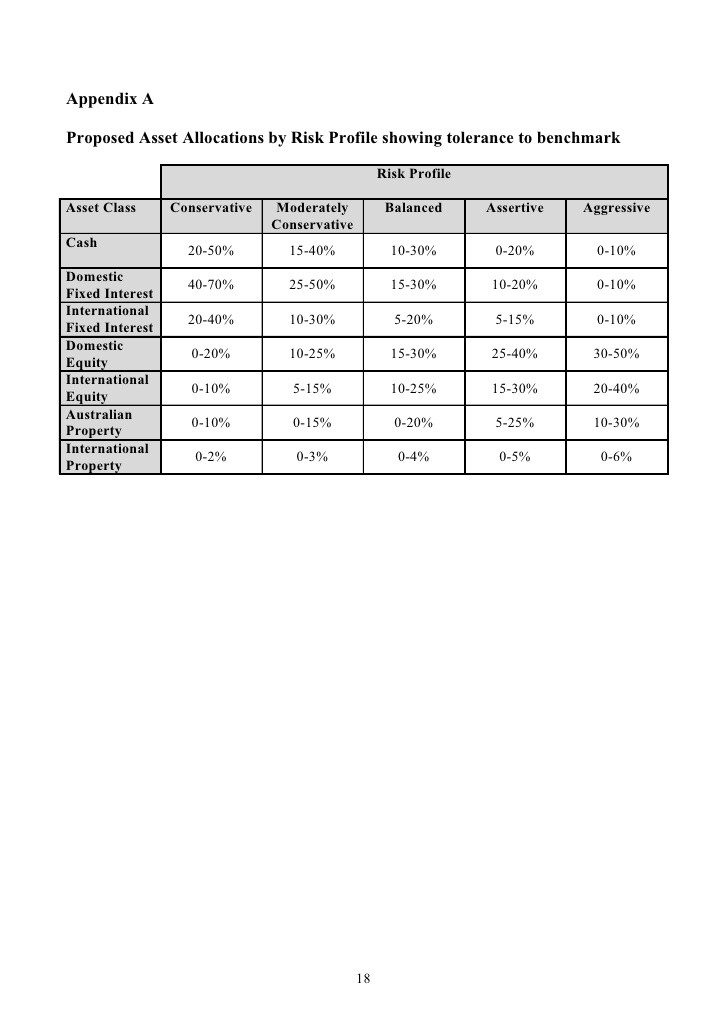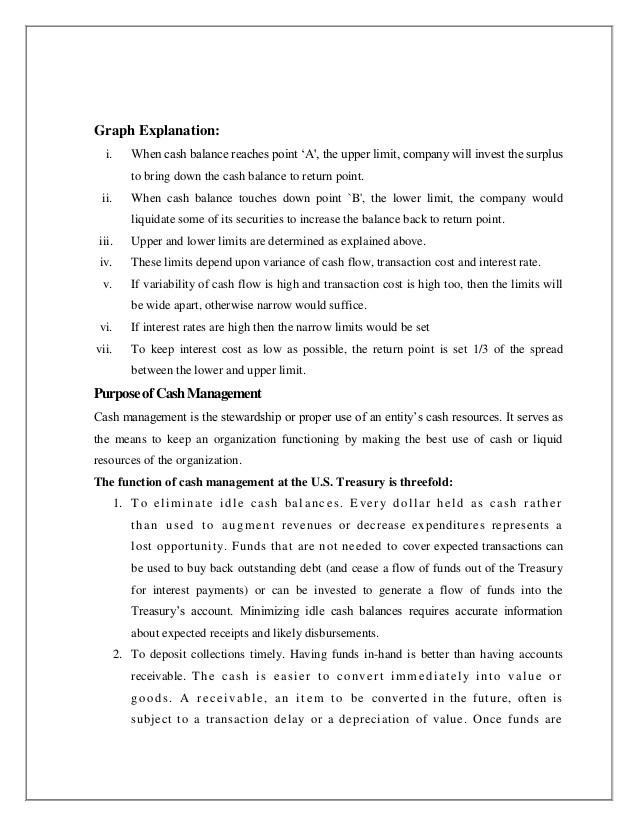The Cash Investment Policy Statement – Developing Documenting and Maintaining a Cash Management
Post on: 28 Июнь, 2015 No Comment

by Mark Stockley, Managing Director and Head of International Cash Sales, BlackRock
The face of the cash management industry is changing. Once thought of as a homogeneous, no-risk asset class, the cash market is now recognised as multi-faceted, complex and, to be sure, subject to risk. For corporate treasurers who have yet to establish or have not recently evaluated their existing cash investment policies, now is the time. In this article, we examine the issues surrounding the cash investment policy statement and offer institutional investors some suggestions and best practices for establishing, updating and/or maintaining this important roadmap for managing their companys cash.
What is an IPS?
According to the CFA Institute, an IPS addresses the clients risk tolerance, return requirements and all investment constraints (including time horizon, liquidity needs, tax concerns, legal and regulatory factors, and unique circumstances). The IPS also should identify and describe the roles and responsibilities of the parties to the advisory relationship and investment process, as well as schedules for review and evaluation.
An IPS is a document designed to identify the goals and objectives for a companys investment portfolio(s), as well as allowable parameters for achieving those goals. The document generally contains specific information about a companys risk tolerance and liquidity needs. The IPS should be broad, yet explicit in terms of interpretation. Generally speaking, an IPS also should be:
- Specific to each companys situation,
- Dynamic and flexible to meet current market and firm needs,
- Able to adapt to changing needs, but reflect total risk tolerance, and
- Easily modified (with proper analysis and approvals).
Having a documented policy for the administration of the companys cash is among the most effective means of risk management, serving as a clear and constant reminder of the firms goals and ability to tolerate risk. We believe the IPS should be part of every firms risk management protocol, incorporated into an annual board review process (typically by the audit committee) and updated on a regular basis. It will be important to determine:

- How the policy will be reviewed and modified on an ongoing basis,
- Who should be involved in that review process,
- Who has ultimate decision-making authority, and
- The frequency and timeframe for such a review (annually, semi-annually).
In short, an effective IPS provides a means for communicating the objectives for and permitted level of risk in a companys cash portfolio. The IPS should provide guidelines for those responsible for management of the companys cash, whether that be an internal or external manager.
Typically, these parameters should be reviewed in detail with potential managers as part of the due diligence process to ensure that the company and the party(ies) responsible for the management of its cash share mutual philosophies and assumptions, particularly where vague language may exist.
An effective IPS provides a means for communicating the objectives for and permitted level of risk in a company’s cash portfolio.
Getting started
Before developing an IPS, it is important to conduct a thorough evaluation of the company’s cash needs and to pinpoint its risk profile. Effective forecasting of liquidity needs and assessment of risk tolerance allows for the best opportunity to achieve excess returns within a cash portfolio.
As an initial step, the appropriate staff should inventory the companys cash flow forecasts, including payroll, buyback plans and shareholder dividend payments, as well as any other data that could affect the level of cash on the balance sheet, to quantify how much cash is available for strategic investment. Additionally, staff should consider whether there are any company-specific or unique restrictions to be factored into the cash IPS. These might include covenants or bond indentures that may govern permissible investments.
Second, it is important to assess company priorities. To that end, ask the questions: What is the general course of the company and where is cash likely to be deployed (e.g. towards acquisitions, to fund operations or more likely toward capital expenditures)? Answering these questions can help to ensure that the companys treasury staff, which is responsible for overseeing the corporate cash strategy, is sharply attuned to the broader objectives of the firm. Of equal importance is obtaining a good understanding of the companys outlook, taking into account the organisations view of the economy and the industry in which it functions. When constructing a cash portfolio, it is important to understand how and when the company may potentially need cash. Forward knowledge of a cash need be it months, weeks or just days ahead can have a beneficial impact on expected returns. Having a thorough grasp of expected liquidity needs often can provide more opportunity for excess returns with less risk than a broader set of allowable investments in longer or lower-rated securities, but with uncertain needs.
If you wish to read the rest of this article, please login to your myTMI account
or simply register now for free.
You will then also be able to read online, download and print the article.














